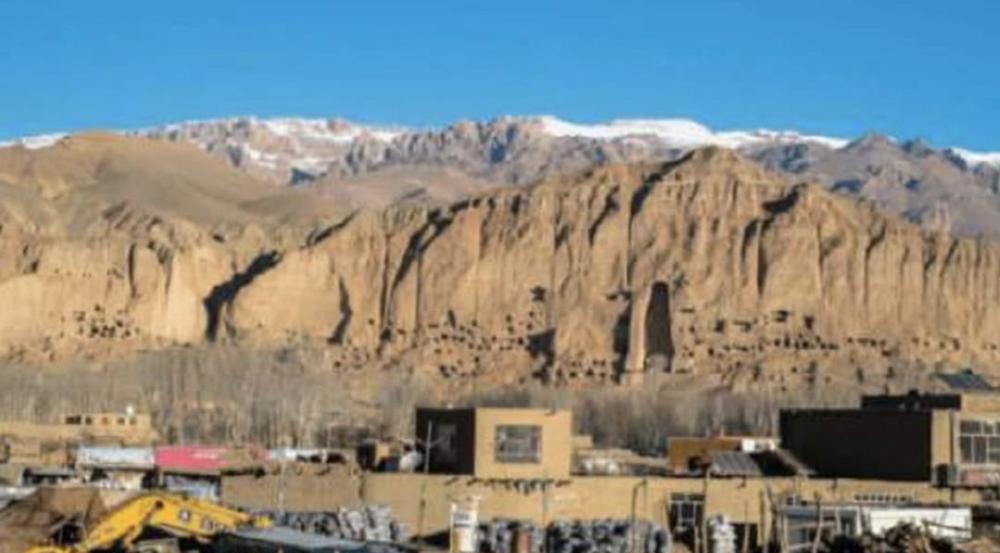Ancient China's sphere of influence is very large, especially in the current Central Asian region, which was China's as early as the Han and Tang Dynasties. Even in the Qing Dynasty, there was still a lot of land in Central Asia, especially the Pamir Plateau and the deep area. However, because of the weakness of the late Qing Dynasty, it was eventually divided up by Tsarist Russia and Britain, so that now a lot of central Asian land has been lost, and a large part of it is Afghanistan, so how much territory has Afghanistan returned to our country? You might not think of it.

In fact, Afghanistan is even more miserable in modern times than our country, because it was completely invaded and colonized for a long time. But Afghanistan is more fortunate than my country. When the qing dynasty's then vast Vahan Pamir region was divided, Afghanistan benefited. In order to avoid direct conflict, Russia and Britain directly divided the Wahhan Pamir region of our country, with the Wakhan Corridor as the boundary. The land to the north belongs to Tsarist Russia and is now Tajikistan, the south belongs to Britain, now Pakistan and Pakistan-controlled Kashmir, and the Wakhan Corridor in the middle is also distributed to Afghanistan.
That is to say, originally China owned the entire Wahhan Pamir region, bordering Afghanistan for thousands of kilometers, which was divided up by the West and completely lost, and even the Wakhan Corridor was gone. Therefore, after the founding of New China, territorial negotiations were also held with Afghanistan, and the biggest controversy was the Wakhan Corridor. So how much territory has Afghanistan returned to our country? You might not think of it.
In fact, it is the 100-kilometer Wakhan Corridor. According to the partition between Russia and Britain, the entire Wakhan Corridor was given to Afghanistan, and our country can not recognize it at all. However, considering that Afghanistan is also a colonized country and a long-term state of war, out of the responsibility and mind of a major country, china has taken the initiative to make concessions. The 400-kilometer Wakhan Corridor, acknowledging that most of it was Afghan, was unexpected for Afghanistan, which was still at war.
In the end, 400 kilometers of the Wakhan Corridor, China recovered 100 kilometers, and the other 300 kilometers were all Afghan, and Afghanistan was very pleased with this, and it was also very happy to sign a border agreement and completely resolve the border dispute. So we see that there is now a section of the territory in the western part of our country that stretches out more than a hundred kilometers, connecting with the Wakhan Corridor in Afghanistan, forming a border of 92 kilometers. So in fact, there are still many achievements in the negotiations with Afghanistan, at least 100 kilometers of Wakhan Corridor have been recovered. If it is not fought, in full accordance with the division of Russia and Britain, the entire 400 kilometers may be gone.
But our country has also shown great tolerance, if it is the West, it is not to take advantage of the Afghan civil war, take advantage of the fire, let alone take back the entire Wakhan Pamir region, at least 400 kilometers of wakhan corridor can be taken back, but the benevolence and good-neighborliness of Chinese culture do not allow us to do this, this is also the mind of a big country. What do you readers think about this? Welcome to leave a message and discuss with the editor!
Welcome to pay attention to [Daily Talk], update you with fresh historical information every day, and don't go out to see the world!
Reference: Modern and Contemporary World History.